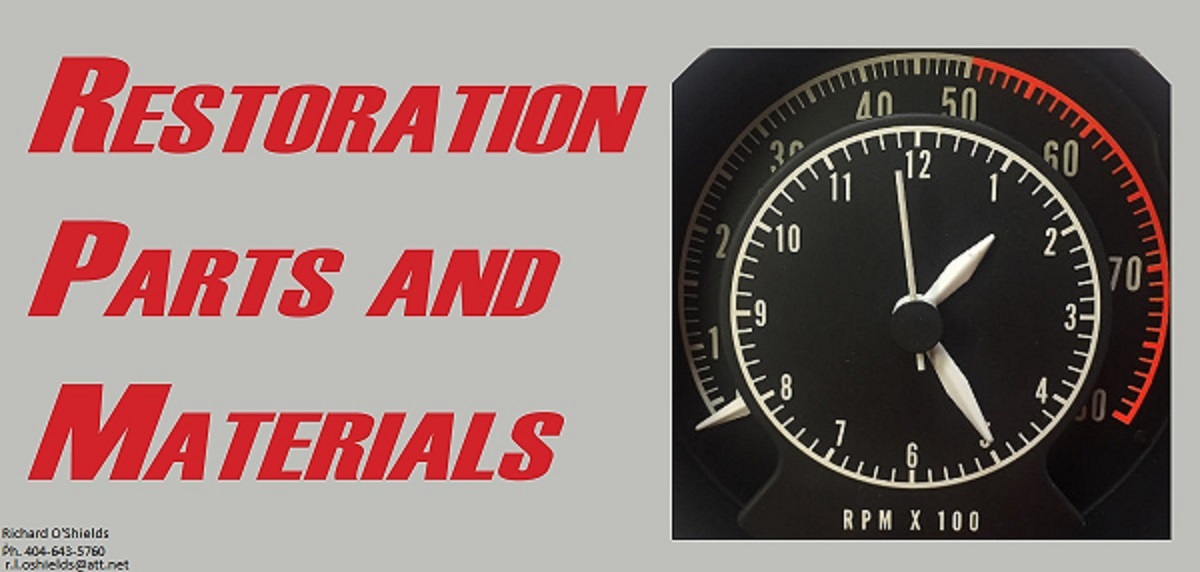Not only bodywork but the quality of the 'prep' contributes to quality of the finished product. Some will disagree, but, IF you can use a 'jiggle can' and get a good result, you can most likely get a good result with (properly set up) compressor, gun, regulator etc. Main problem is that there are so many variables with a regular auto paint job - ambient temperature and lighting are two of the main ones. How the paint is mixed and reduced is another. The 'pot life' is generally up to 8 hours, however, if mixed for a shop (paint booth) temp. of 75 degrees and then not applied until later, and temp. over 80 degrees, there will be trouble - as 'flashing off' happens too quick. Colder than anticipated temps. will encourage runs and/or (the dreaded) orange peel effect.
Never heard of the term (wavy) before so excuse my ignorance. Keep in mind - - any qualified shop that does insurance claims has to get it done right the first time so vehicle can go back to owner as soon as the very next day. Having to polish to gain the best results should not be necessary. If all conditions are met, the paint exiting the gun should resemble almost a 'fog' - at least as good, and hopefully better than a 'jiggle can'. I am always dismayed that so many professional painters (even old-timers) prefer the 'two-stage' (base-clear) procedure over the single-stage. A good 'two-stage' will have 3 bases and 3 clears. A good 'single-stage' will have 3 to 4 coats - period. How can 6 coats of product be easier or quicker or cheaper than only 3?
Professional painters (for the most part) are robbers. The real 'talent' is in the bodywork. I do hope you get some satisfaction, Old B5. I would suggest that anyone planning to get a major job done, ask to have it 'itemized' so as to separate the costs of various repairs and the priming and painting. Shops have to do this for insurance claims but why not general public?




















